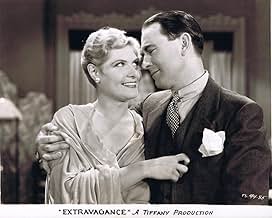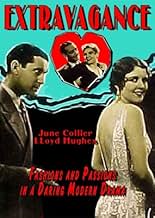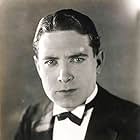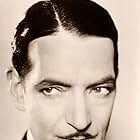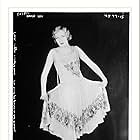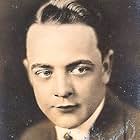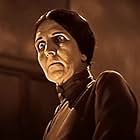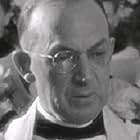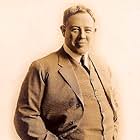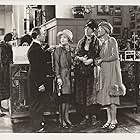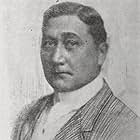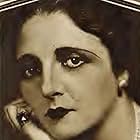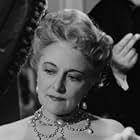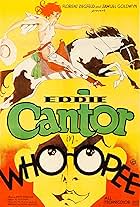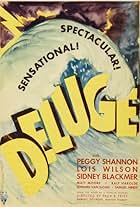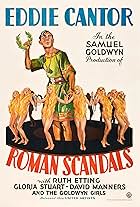June Collyer has just married Lloyd Hughes and they are very happy at first. After about a year, he complains of her extravagance and asks her to watch her expenses; he needs to save capital because the bank is hesitant about renewing his loan. Eventually she decides she can get a sable coat the way Dorothy Christy has: as a gift from Jameson Thomas.
I found the movie one of those possessed of the uncertainty of film makers still trying to move from the silent to the sound era: stretches of time during which a character walks from the left of the screen to the middle, and dialogue written as if the audience needs to be reminded of whom the characters are: "Oh Fred," "Dorothy" and so forth. People are far too careful in speaking, an artefact of the still poor sound systems available, or at least the uncertainty of people like director Phil Rosen, who had begun as a cameraman, about whether this sound stuff was here to stay.
That said, and despite the simplicity of the story, I found the visuals well covered. Tiffany, which still apparently had great ambitions to join the majors, had been producing the occasional color film or extravaganza for some time. The company had been formed in 1921 by Mae Murray and husband Robert Z. Leonard to produce films distributed through Metro. By 1925 they had divorced and gone away, but John Stahl took over in 1927 and began an ambitious expansion program that eventually included a distribution network of 2500 theaters. The studio tackled sound and color boldly, but by 1930 Stahl had left and in 1932 the company declared bankruptcy.

